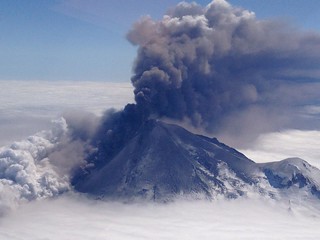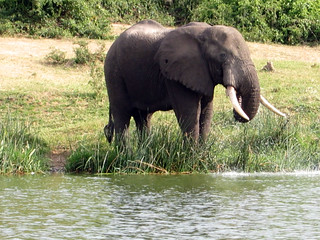Australian authorities continue their search for a taxi driver who used an unlawful GPS jamming device to increase his fares. Australian Communications and Media Authority (ACMA) employee Chris Fosten confirmed that the ACMA’s attempts to contact the taxi driver have been met with failure. The cabbie is believed to have fled to India to avoid his upcoming trial.
There are several reasons to penalize GPS jamming. Since he wasn’t near the customer’s location, this cabbie was stealing work from his fellow taxi drivers. By taking passengers who weren’t even close to his current location, he caused passengers to wait an unnecessary amount of time for their cab to arrive. This doesn’t reflect well on the taxi company! Finally, the use of a GPS jammer can cause serious communication problems. Studies have shown that radio communication, such as those used by the military and civilian communications, can be severely interrupted – in some cases completely disabled – by GPS jammers.
Utilizing GPS Jammers to Increase Taxi Fares
Taxi companies keep track of their cabbies through GPS systems installed in their cars. When a call comes from a new client, the closest taxi takes the call. Taxi companies identify the closest taxi by using the car’s GPS system. But when the GPS signal is blocked, the company can only rely on the driver’s statement of his position. By using a jammer, a cabbie can report any location – even one that is closer to the client than his real location.
In 2012, Melbourne, Australia companies discovered that some of their cabbie drivers began to use GPS jammers to block their location. This way, they could pick up calls that weren’t in their immediate area, thus increasing the number of calls they received. This posed a definite advantage for the taxi driver, since he made more money. However, travelers utilizing the taxi were left waiting for longer than expected.
Blocking Radio Communication: The Major Problem with GPS Jammers
Besides taking fares from other taxi drivers, cabbies who use GPS jammers threaten radio communications between military or civilian individuals. Radio communication is used for recreation as well as crucial exchanges of military orders and information. Military and law enforcement need the lines of communication open at all times. Human lives depend on their ability to communicate promptly and without interruption.
In fact, GPS jammers can also block cell phone signals, preventing calls and text messages from being received. This is the primary reason that jammers have been made illegal in the United States and why other countries are beginning to ban them as well. Since cell phone calls, text messages, and radio communication have gradually become top means of communication, it’s important for the airways to be clear so calls can be made.
The Consequences for Taxi Drivers Who Use GPS Jamming Devices
Since GPS jammers have been shown to interfere with such important and necessary communication venues, the consequences for using one are “not trivial,” according to the Australian Communication and Media Authority. Besides losing his job, a taxi driver may face six-figure fines and even jail time.
Those who use GPS jammers aren’t the only ones who are heavily penalized. Retailers can also incur hefty fines and financial loss – even losing their business – if they are caught selling these items, especially in countries that have made GPS jammers illegal. Websites that sell internationally must provide information on the countries where these items are illegal to be used. That way the responsibility lies with the buyer instead of the seller.
Standard Monitoring Practices to Prevent Taxi Drivers from using GPS Jammers
Taxi and truck drivers are increasingly likely to be monitored by GPS systems. Employers can make drivers feel like they’re being monitored by a “big brother” when GPS systems are enforced, but there are many ways to put a positive spin on these necessary devices.
Companies most often use the device to keep track of the taxi’s location, but they can also monitor speed and mileage. In the case of an accident or other unfortunate event, the car can be tracked quickly and the driver’s safety ensured.
Measures can be taken to protect the GPS device from being tampered with and disabled. At times, setting and enforcing penalties are the most effective way to prevent interference. Keeping devices up to date is another way to stay on top of tracking employees’ movements.
Those who are responsible for monitoring vehicles should be adequately trained. They should be able to easily pick up on evidence of tampering or on unusual behavior. For instance, if a taxi suddenly goes off the grid, the monitor should probably immediately suspect that a jammer is being used to block the location signal.
Taxi Driver Unlawfully Uses GPS Jammer to Increase Fares



